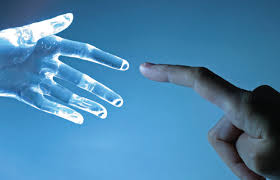Motivation facilitates recovery after neuronal damage, but its mechanism is elusive. It is generally thought that the nucleus accumbens (NAc) regulates motivation-driven effort but is not involved in the direct control of movement. Using causality analysis, we identified the flow of activity from the NAc to the sensorimotor cortex (SMC) during the recovery of dexterous finger movements after spinal cord injury at the cervical level in macaque monkeys. Furthermore, reversible pharmacological inactivation of the NAc during the early recovery period diminished high-frequency oscillatory activity in the SMC, which was accompanied by a transient deficit of amelioration in finger dexterity obtained by rehabilitation. These results demonstrate that during recovery after spinal damage, the NAc up-regulates the high-frequency activity of the SMC and is directly involved in the control of finger movements….







